There are many variations of making stuffed brinjals all over India. In Maharashtra, Karnataka and Andhra, some ingredients used for making this preparation are similar – specifically desiccated coconut, sesame seeds and peanuts. In Maharashtra this eggplant dish variant is called Bharli vangi and in Andhra this variant is known as Gutti vankaya kura. Brinjal is a favorite veggie in the household. Thus I have shared many Brinjal recipes on the website like:
Baingan bhartaBaingan bhajaBharwa baingan
This Karnataka style brinjal gravy does take some time to prepare, but is delicious. The recipe again was shared by the same reader who shared with me the recipe of Poritha kuzhambu. In the recipe I have added tamarind and jaggery. But both tamarind and jaggery can be given a skip. We like some tang in brinjal based gravies, so I have added tamarind. Jaggery is used to balance the tang and also gives a nice taste. Lemon juice can also be used instead of tamarind. This badanekayi ennegayi recipe is also a no onion no garlic recipe. Ennegayi has a thick gravy and pairs very well with jowar rotis or bajra rotis. You can even have this spiced curry with chapatis or paratha.
How to make badanekayi ennegayi recipe
A) making stuffing masala
- In a small frying pan or kadai, heat 2 teaspoons oil. Keep the flame to a low and then add ½ tablespoon chana dal.
- Then add 1 tablespoon of peanuts.
- Fry on a low flame stirring often.
- Fry till the chana dal gets golden. The peanuts will also get fried. Roasted chana dal can be used instead of raw chana dal. Add roasted chana dal when you add desiccated coconut.
- Then add ½ tbsp coriander seeds, 2 cloves, 1 inch cinnamon and 1 marathi moggu (optional). Mix well and fry for some seconds till the spices smell aromatic. 6. Then add 2 to 3 dry red chilies (byadagi or Kashmiri chilies) and 5 to 6 curry leaves. Mix well. 7. Next add 5 tablespoons of desiccated coconut or fresh coconut and ½ teaspoon sesame seeds. You can also use niger seeds.
- Mix very well and roast on a low flame stirring often till the coconut becomes golden. Remove the pan from the stove top and let the mixture cool. Stir often.
- Once the stuffing masala cools down, then add in a grinder jar.
- Grind to a fine powder. A slightly coarse powder can be made. I ground a bit too much and hence oil was released from the peanuts and sesame seeds.
- Take the masala paste in a bowl or plate. Add salt as per taste and mix well.
- Add ⅔ to ¾ cup water in the grinder jar. Swirl and shake so that the spice paste at the bottom and sides of the jar gets mixed with the water. Keep this aside. for a gravy like consistency, you can add 1 cup water. Making tamarind pulp13. Soak 1 teaspoon tamarind in ¼ cup hot water for 20 to 25 minutes.
- Later squeeze tamarind pulp from the soaked tamarind. Keep aside. C) chopping, soaking and stuffing brinjals
- Rinse 250 grams small brinjals or 10 to 12 small brinjals well in water. Take each brinjal and slit it in four sides without cutting it entirely. You can trim the stalks if you want. Pull the cut sides outwards and check for worms if any.
- Add the brinjals in enough water in which ¼ teaspoon salt in added. This is done so that the brinjals do not get discoloured.
- Before stuffing brinjals, add them in a colander and drain all the water. Now take each brinjal and with a spoon or your hands, stuff the masala. Stuff all brinjals this way. Keep aside.
Making ennegayi
- In a heavy kadai heat 2 tablespoons oil. While tempering use a thick bottomed kadai or pan and sauté on a low flame, so that masala does not get burnt. add ½ teaspoon mustard seeds. 19. and let them crackle. 20. Then add ¼ teaspoon turmeric powder and 1 pinch of asafoetida. Give a stir.
- Add the masala filled brinjals. Mix well.
- Then add the tamarind pulp.
- Add the masala mixed water from the grinder jar (from step 12 above).
- Stir and mix gently.
- Cover the kadai or pan with a lid. On a low flame simmer till the brinjals are tender and cooked. 26. Do check a couple of times when the brinjals are cooking. Give a stir. if the yennegai gravy looks dry, then you can add some more water. 27. Simmer till the brinjals are cooked and tender. Slid a knife through a few brinjals and it should slid easily. Oil will also float on the ennegayi gravy once brinjals are cooked 28. Once the brinjals are cooked, then add ½ teaspoon jaggery or add as required.
- Mix well but gently and switch off the flame.
- While serving badanekayi ennegayi you can garnish with coriander leaves. Serve ennegayi with Jowar Roti or Bajra Roti or chapatis. It makes for a filling, healthy and satisfying meal. If you are looking for more tasty Veggie recipes then do check:
Bharwan tindaBharwa bhindiStuffed capsicum
Please be sure to rate the recipe in the recipe card or leave a comment below if you have made it. For more vegetarian inspirations, Sign Up for my emails or follow me on Instagram, Youtube, Facebook, Pinterest or Twitter. This Badanekayi Ennegayi post from archives first published in August 2017 has been updated and republished on January 2023.
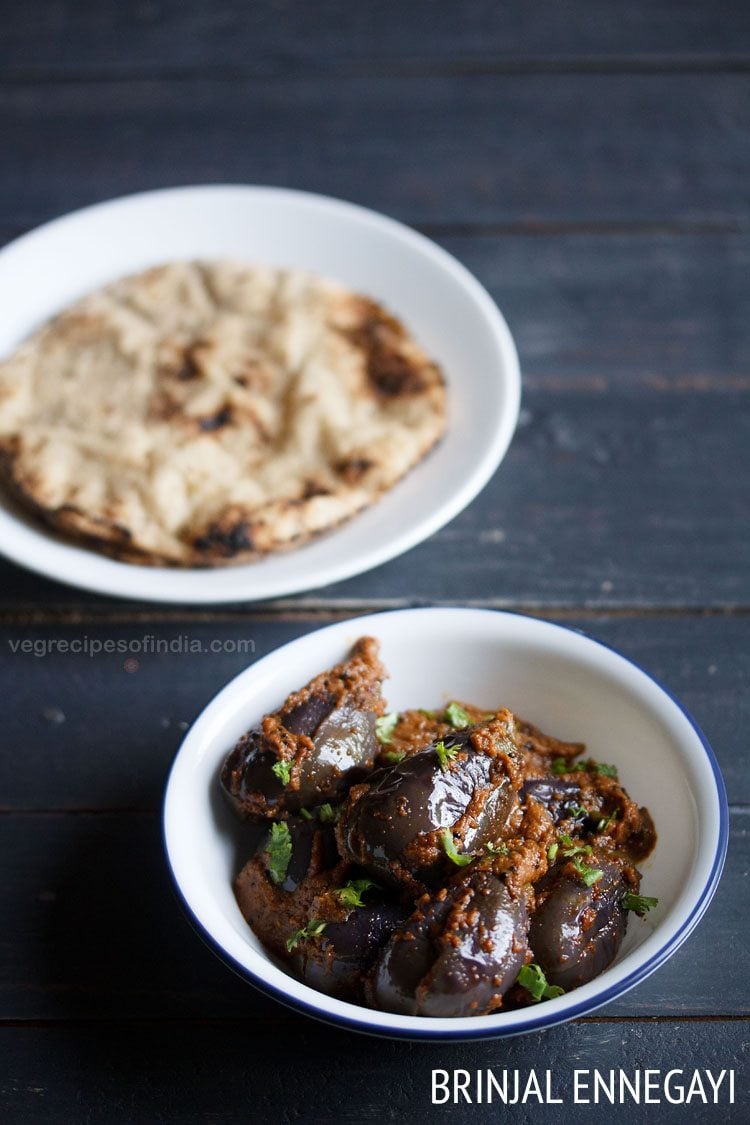
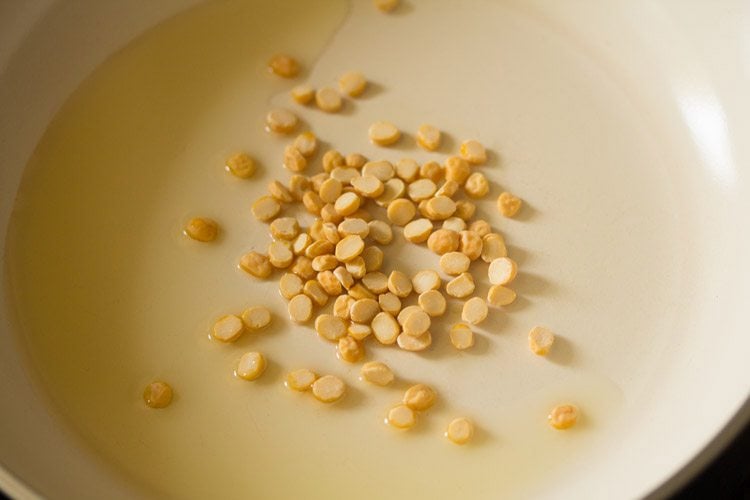
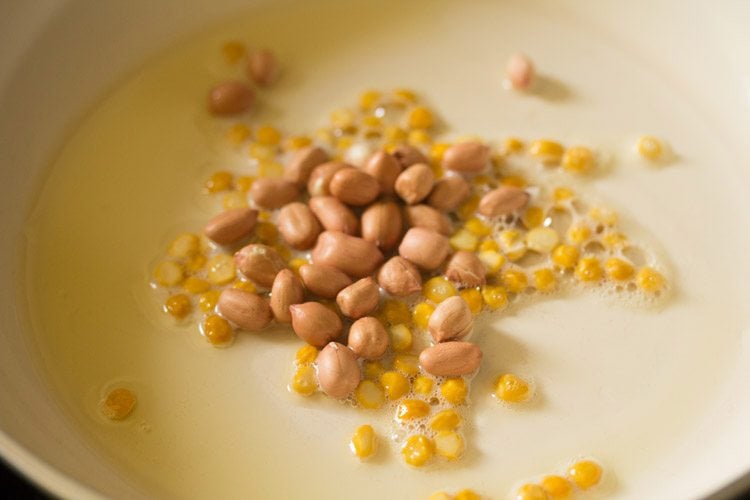
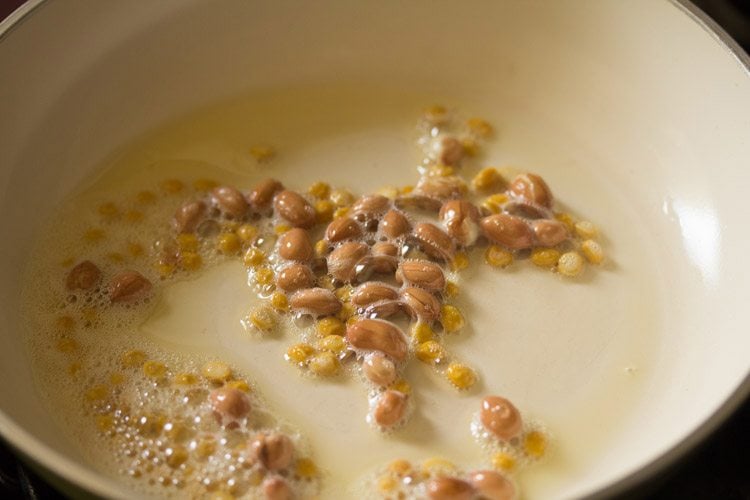
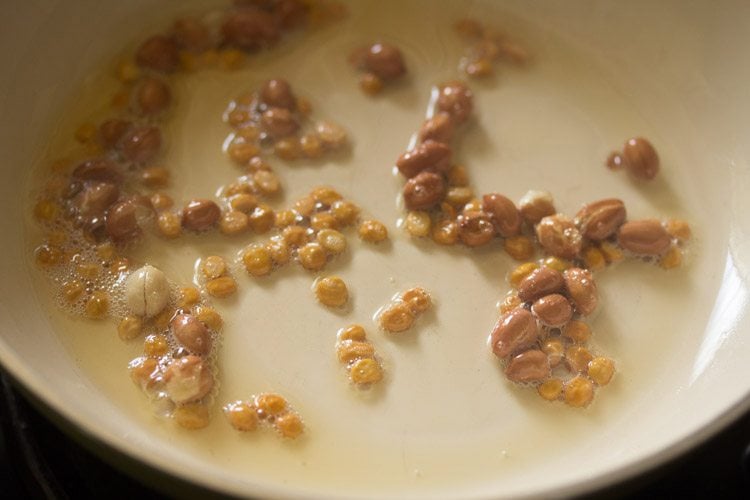

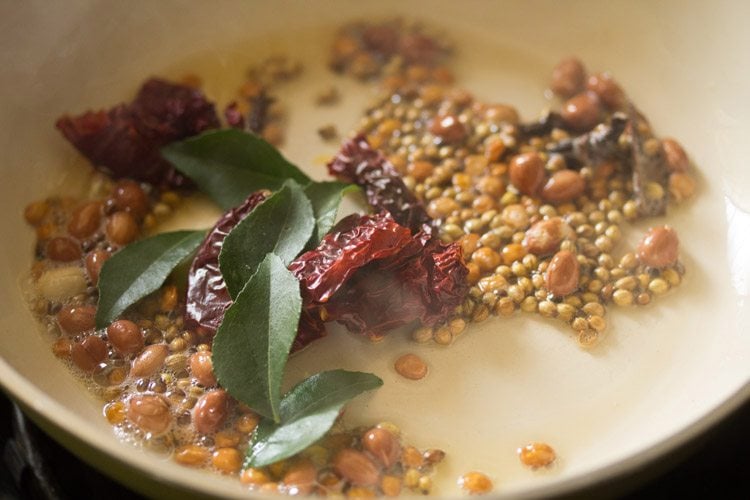
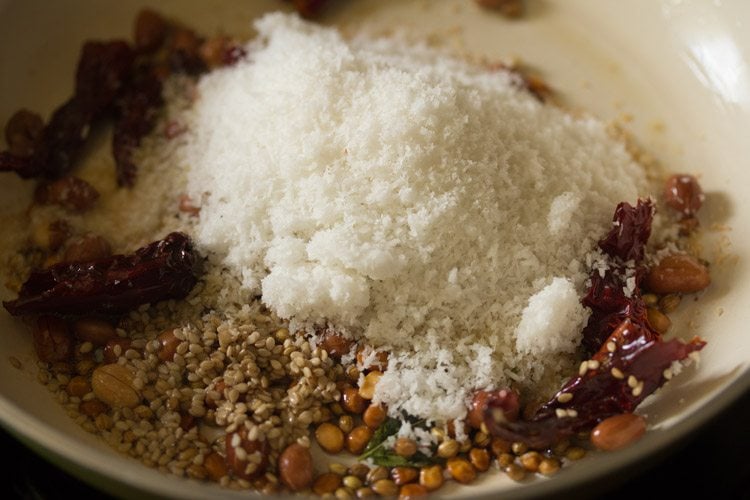
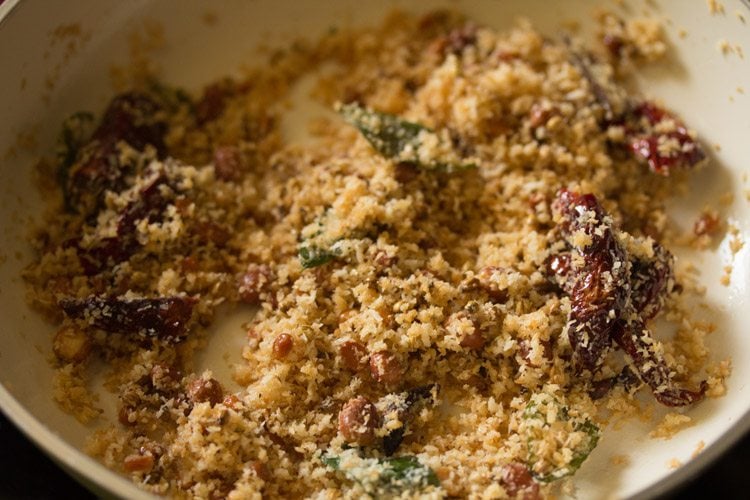
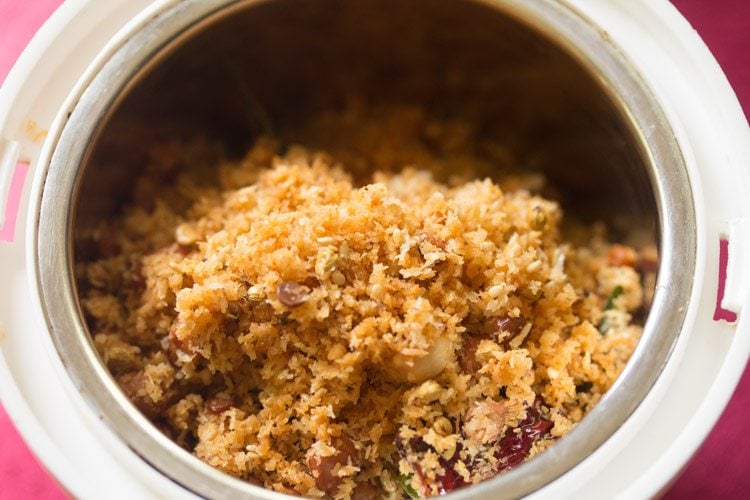
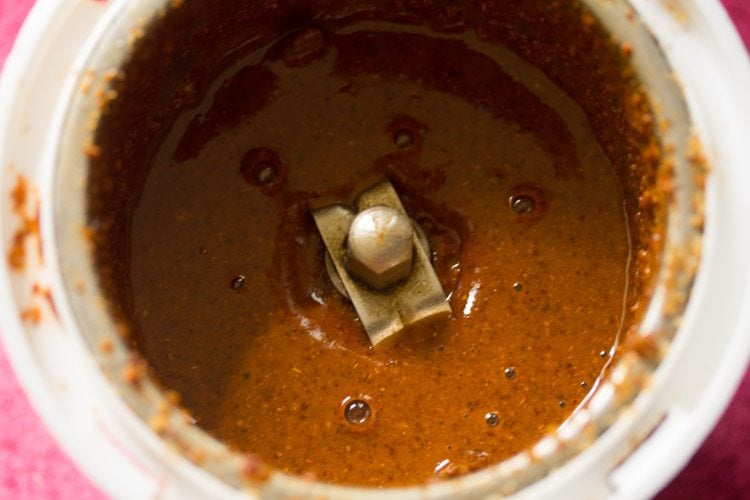
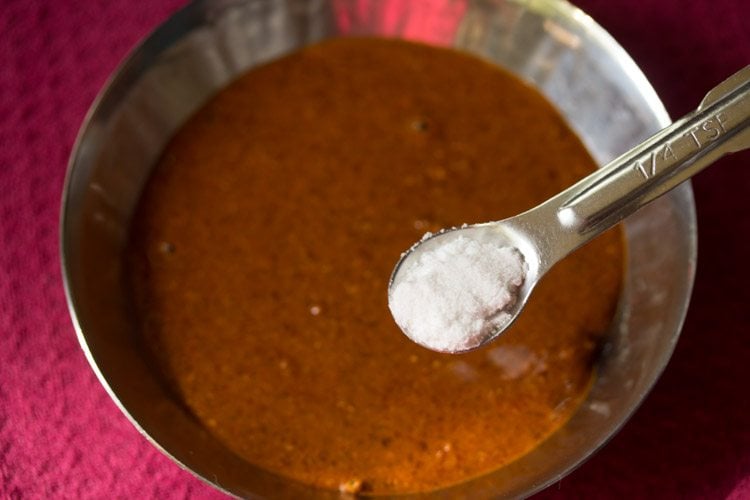
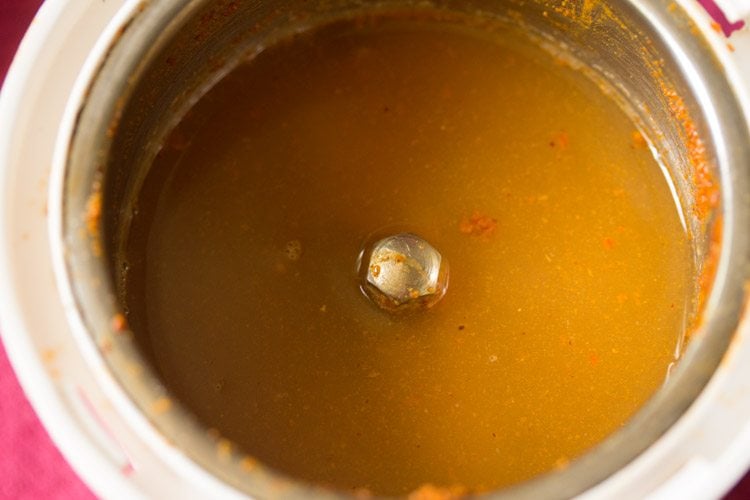
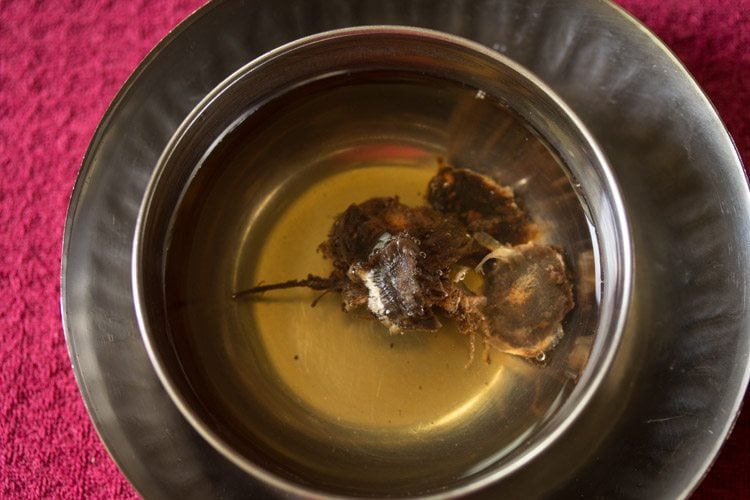
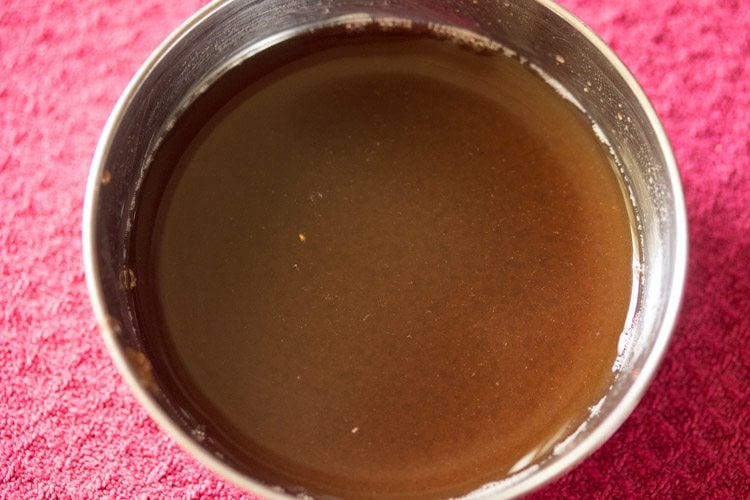
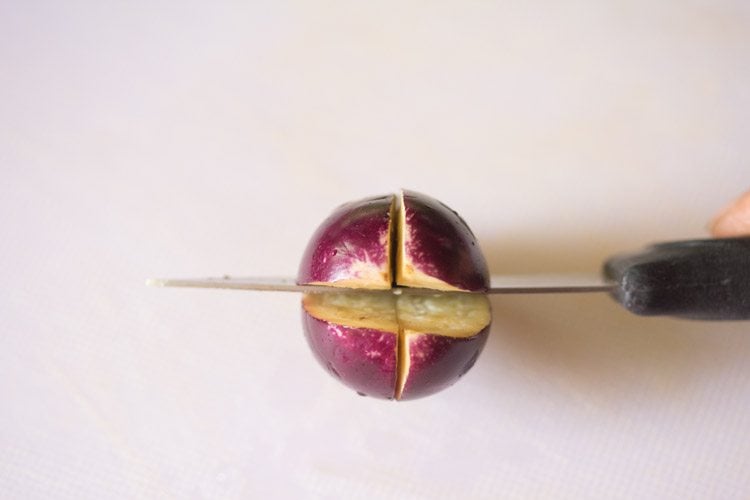

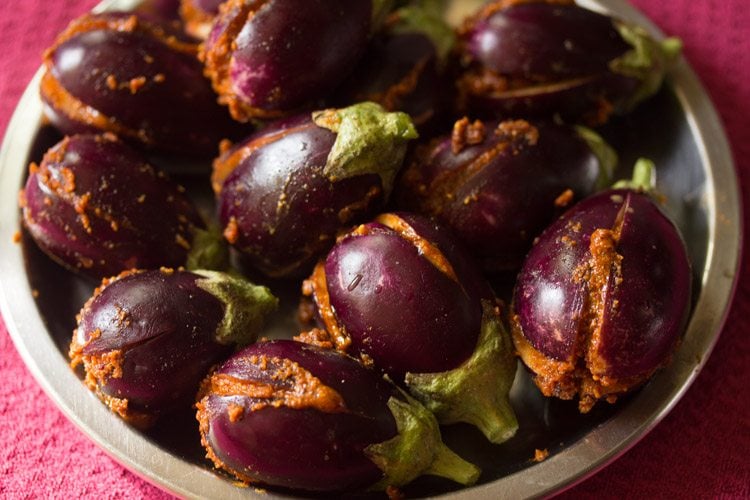
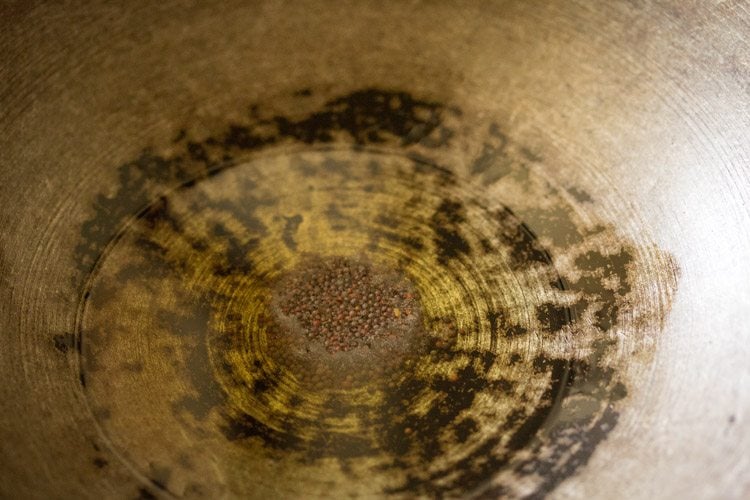
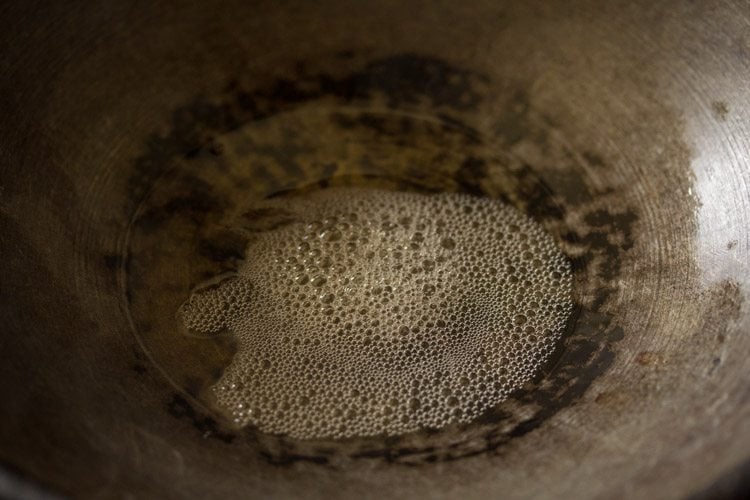
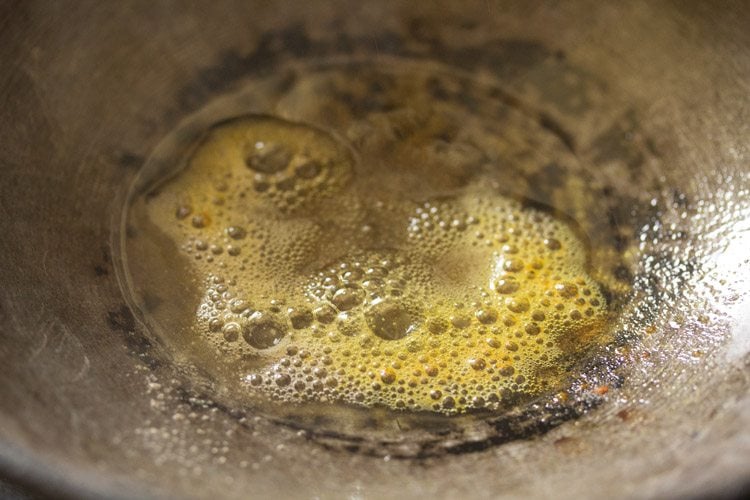
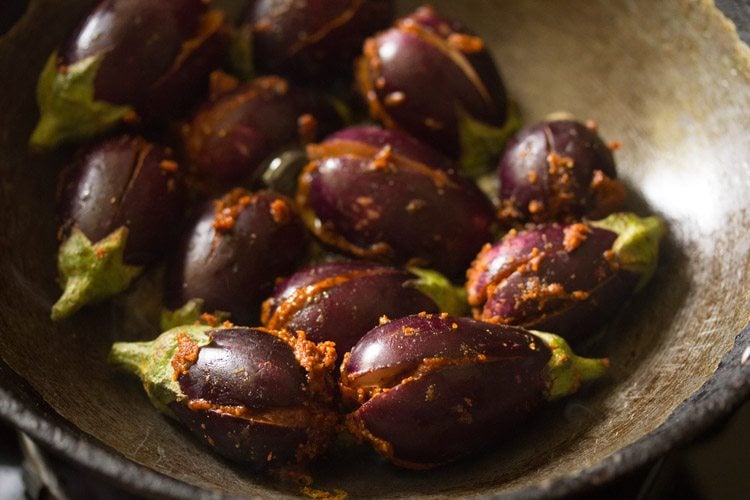
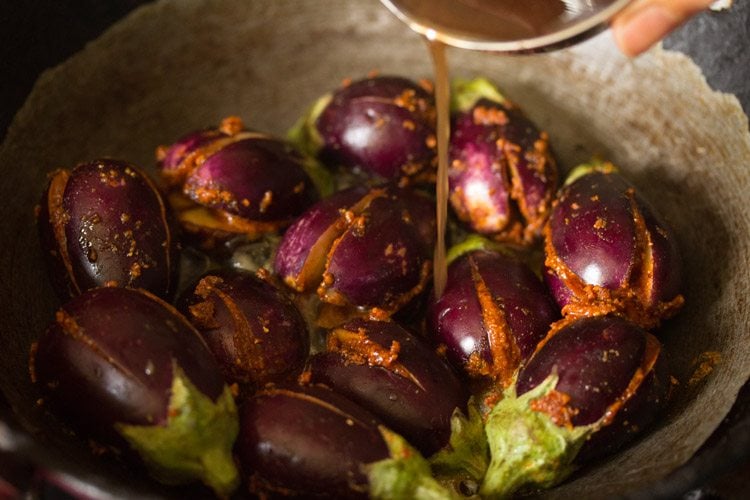
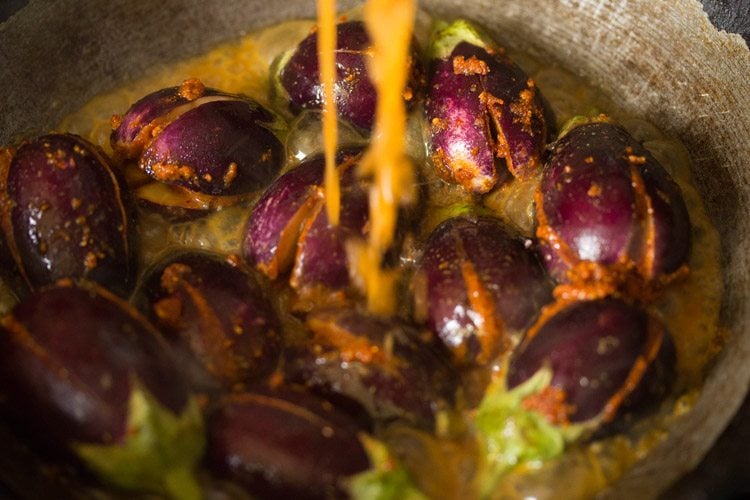
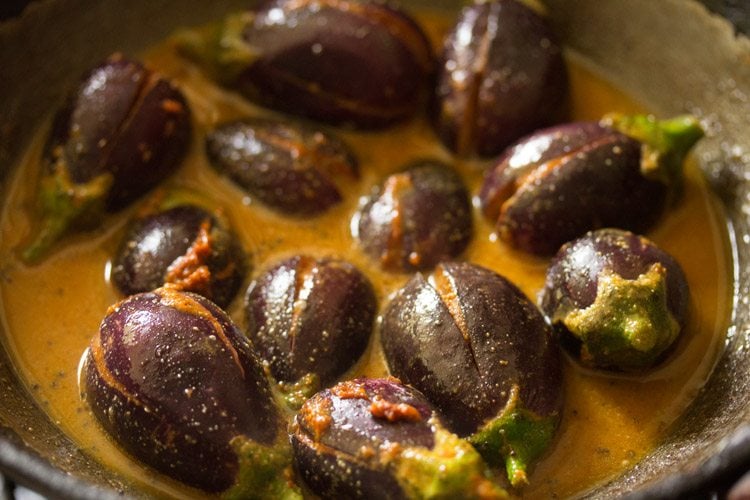
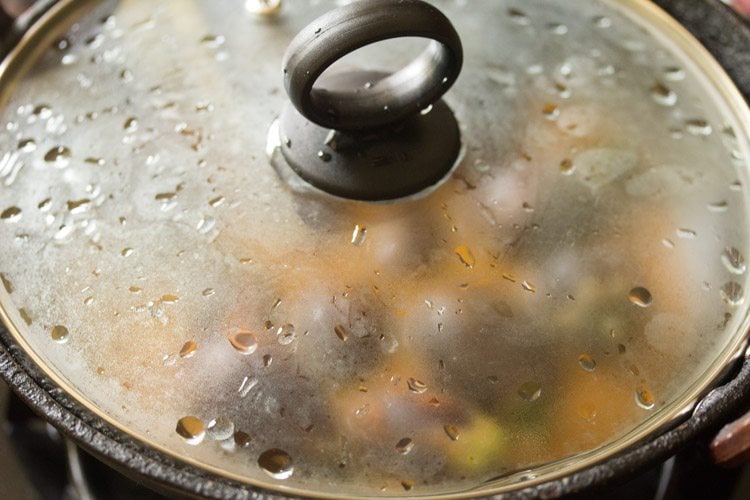
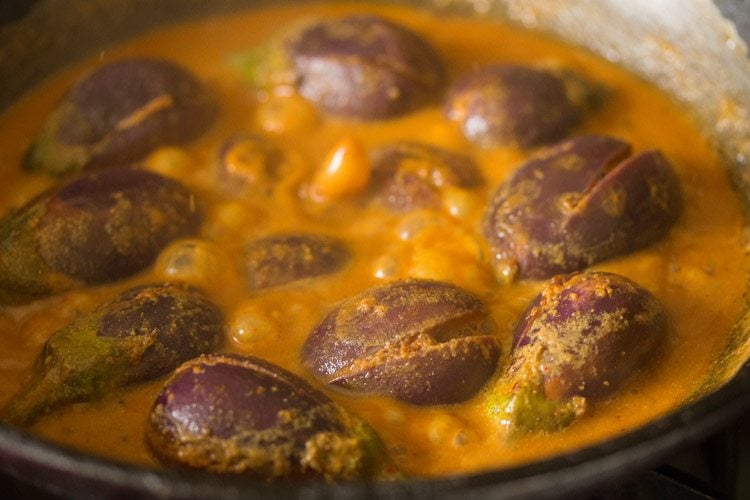
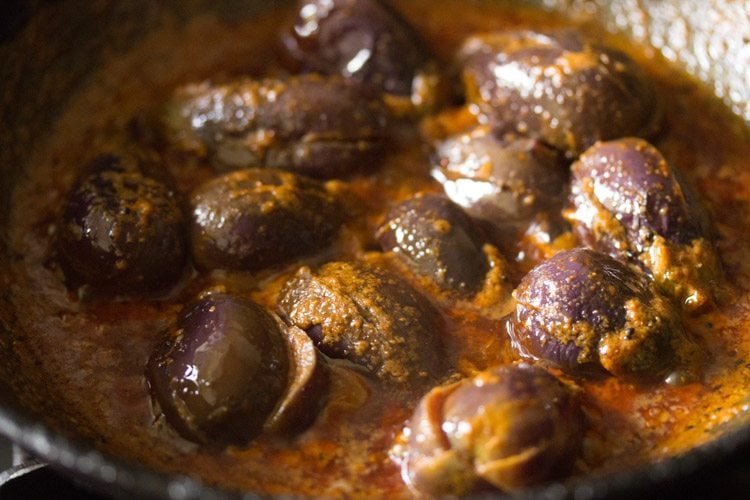
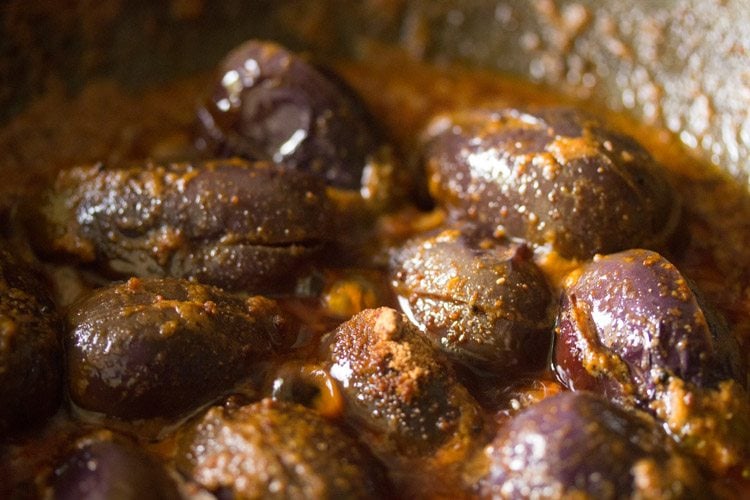
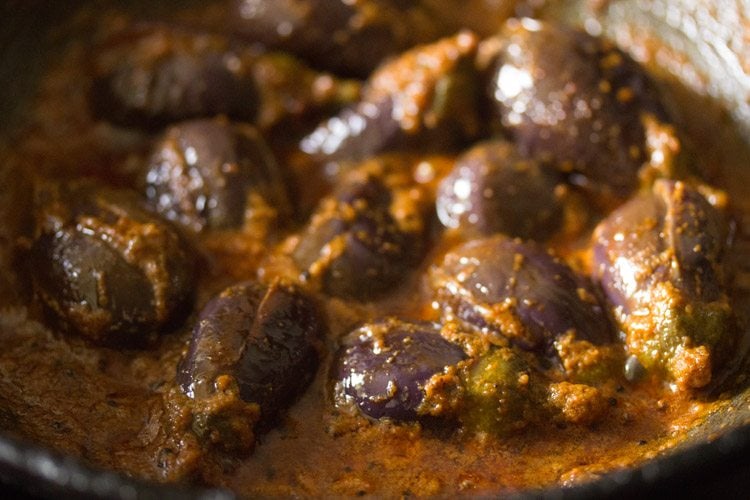
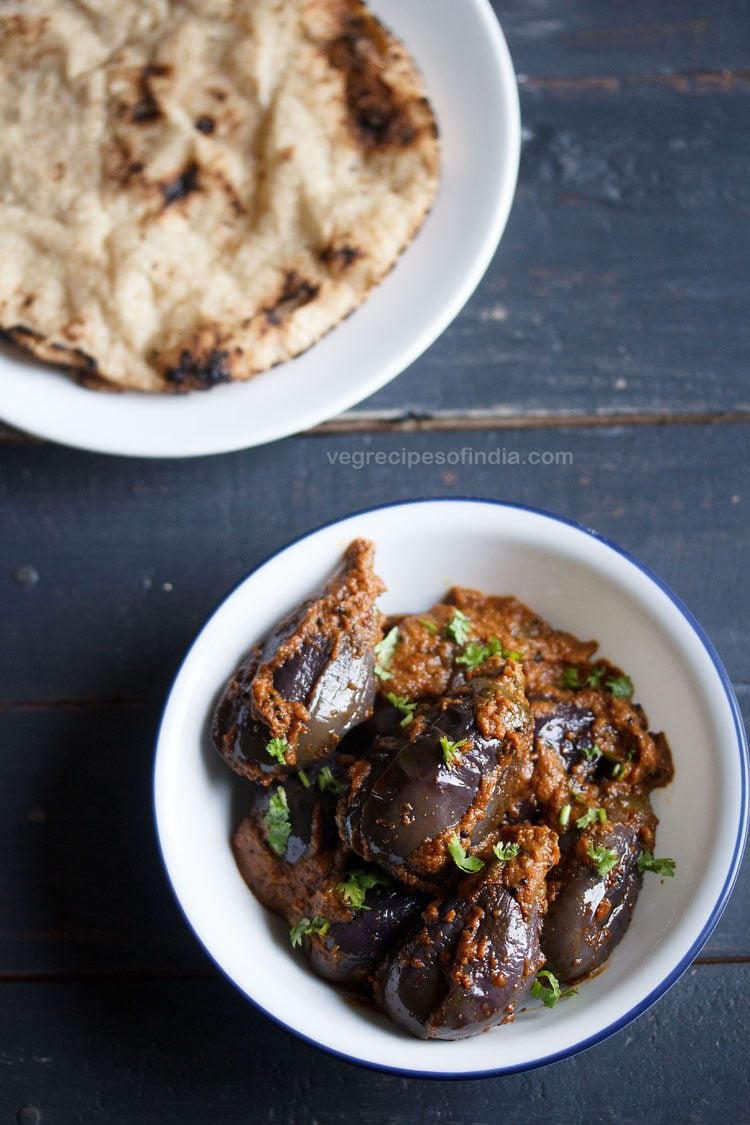
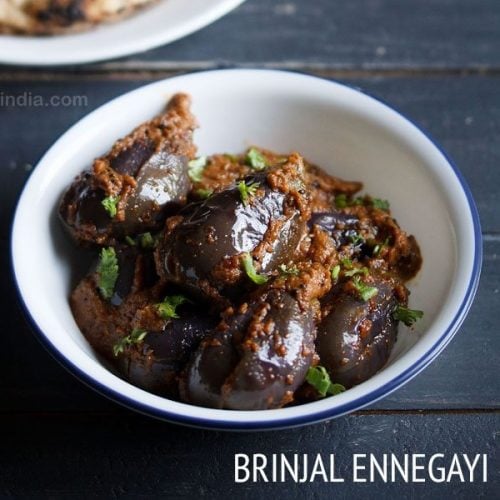
title: “Ennegayi Recipe Badanekayi Ennegayi " ShowToc: true date: “2024-09-14” author: “Pauline Cannon”
There are many variations of making stuffed brinjals all over India. In Maharashtra, Karnataka and Andhra, some ingredients used for making this preparation are similar – specifically desiccated coconut, sesame seeds and peanuts. In Maharashtra this eggplant dish variant is called Bharli vangi and in Andhra this variant is known as Gutti vankaya kura. Brinjal is a favorite veggie in the household. Thus I have shared many Brinjal recipes on the website like:
Baingan bhartaBaingan bhajaBharwa baingan
This Karnataka style brinjal gravy does take some time to prepare, but is delicious. The recipe again was shared by the same reader who shared with me the recipe of Poritha kuzhambu. In the recipe I have added tamarind and jaggery. But both tamarind and jaggery can be given a skip. We like some tang in brinjal based gravies, so I have added tamarind. Jaggery is used to balance the tang and also gives a nice taste. Lemon juice can also be used instead of tamarind. This badanekayi ennegayi recipe is also a no onion no garlic recipe. Ennegayi has a thick gravy and pairs very well with jowar rotis or bajra rotis. You can even have this spiced curry with chapatis or paratha.
How to make badanekayi ennegayi recipe
A) making stuffing masala
- In a small frying pan or kadai, heat 2 teaspoons oil. Keep the flame to a low and then add ½ tablespoon chana dal.
- Then add 1 tablespoon of peanuts.
- Fry on a low flame stirring often.
- Fry till the chana dal gets golden. The peanuts will also get fried. Roasted chana dal can be used instead of raw chana dal. Add roasted chana dal when you add desiccated coconut.
- Then add ½ tbsp coriander seeds, 2 cloves, 1 inch cinnamon and 1 marathi moggu (optional). Mix well and fry for some seconds till the spices smell aromatic. 6. Then add 2 to 3 dry red chilies (byadagi or Kashmiri chilies) and 5 to 6 curry leaves. Mix well. 7. Next add 5 tablespoons of desiccated coconut or fresh coconut and ½ teaspoon sesame seeds. You can also use niger seeds.
- Mix very well and roast on a low flame stirring often till the coconut becomes golden. Remove the pan from the stove top and let the mixture cool. Stir often.
- Once the stuffing masala cools down, then add in a grinder jar.
- Grind to a fine powder. A slightly coarse powder can be made. I ground a bit too much and hence oil was released from the peanuts and sesame seeds.
- Take the masala paste in a bowl or plate. Add salt as per taste and mix well.
- Add ⅔ to ¾ cup water in the grinder jar. Swirl and shake so that the spice paste at the bottom and sides of the jar gets mixed with the water. Keep this aside. for a gravy like consistency, you can add 1 cup water. Making tamarind pulp13. Soak 1 teaspoon tamarind in ¼ cup hot water for 20 to 25 minutes.
- Later squeeze tamarind pulp from the soaked tamarind. Keep aside. C) chopping, soaking and stuffing brinjals
- Rinse 250 grams small brinjals or 10 to 12 small brinjals well in water. Take each brinjal and slit it in four sides without cutting it entirely. You can trim the stalks if you want. Pull the cut sides outwards and check for worms if any.
- Add the brinjals in enough water in which ¼ teaspoon salt in added. This is done so that the brinjals do not get discoloured.
- Before stuffing brinjals, add them in a colander and drain all the water. Now take each brinjal and with a spoon or your hands, stuff the masala. Stuff all brinjals this way. Keep aside.
Making ennegayi
- In a heavy kadai heat 2 tablespoons oil. While tempering use a thick bottomed kadai or pan and sauté on a low flame, so that masala does not get burnt. add ½ teaspoon mustard seeds. 19. and let them crackle. 20. Then add ¼ teaspoon turmeric powder and 1 pinch of asafoetida. Give a stir.
- Add the masala filled brinjals. Mix well.
- Then add the tamarind pulp.
- Add the masala mixed water from the grinder jar (from step 12 above).
- Stir and mix gently.
- Cover the kadai or pan with a lid. On a low flame simmer till the brinjals are tender and cooked. 26. Do check a couple of times when the brinjals are cooking. Give a stir. if the yennegai gravy looks dry, then you can add some more water. 27. Simmer till the brinjals are cooked and tender. Slid a knife through a few brinjals and it should slid easily. Oil will also float on the ennegayi gravy once brinjals are cooked 28. Once the brinjals are cooked, then add ½ teaspoon jaggery or add as required.
- Mix well but gently and switch off the flame.
- While serving badanekayi ennegayi you can garnish with coriander leaves. Serve ennegayi with Jowar Roti or Bajra Roti or chapatis. It makes for a filling, healthy and satisfying meal. If you are looking for more tasty Veggie recipes then do check:
Bharwan tindaBharwa bhindiStuffed capsicum
Please be sure to rate the recipe in the recipe card or leave a comment below if you have made it. For more vegetarian inspirations, Sign Up for my emails or follow me on Instagram, Youtube, Facebook, Pinterest or Twitter. This Badanekayi Ennegayi post from archives first published in August 2017 has been updated and republished on January 2023.































